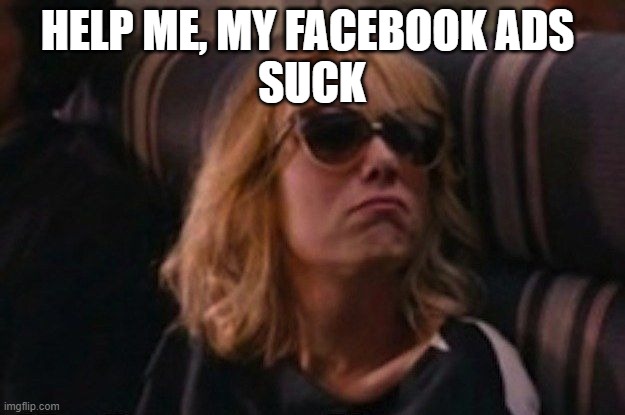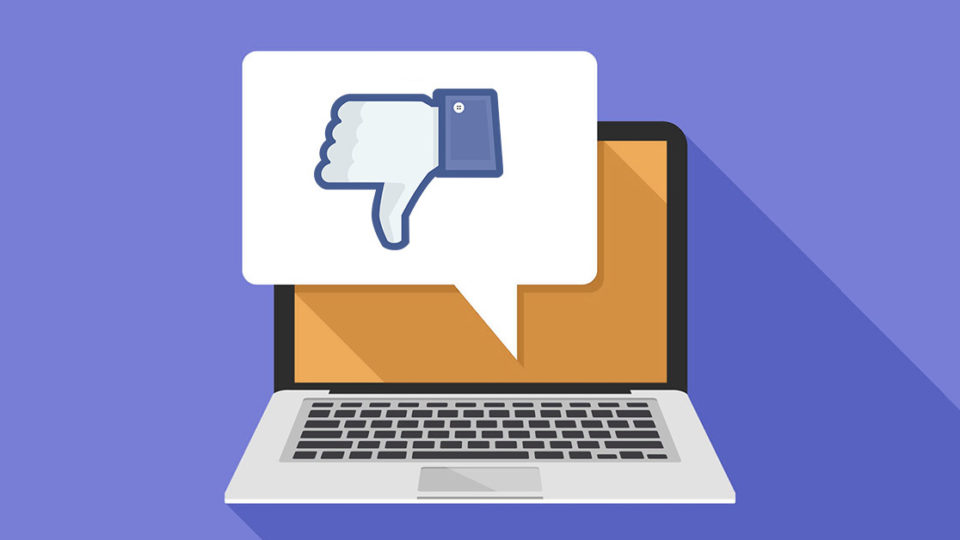Could your Facebook advertising results be referred to as atrocious, awful, non-existent, piddly, or a real bummer? If so, your Facebook ads or the offer probably sucks.
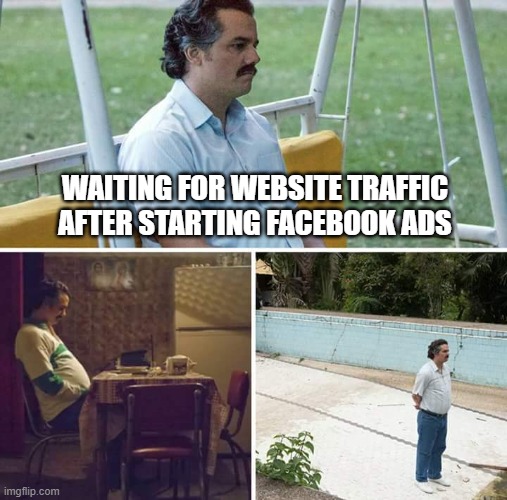
Facebook is an epic advertising monster, complete with the ability to narrow in on audiences like a superhuman hawk. Plus, they have a non-existent barrier of entry, with budgets starting as low as $1 day. Top that off with the fact that 69% of all US adults use Facebook and 74% of those adults log on every single day. It’s a no-brainer for most marketing budgets.
No matter how big or small your budget is if it’s not performing it’s as useful as Thor’s hammer to the unworthy.
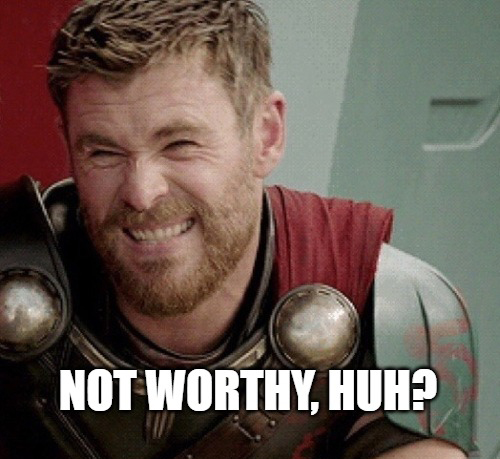
We’ve compiled the most common reasons why Facebook Ads suck and how to improve them to achieve paid advertising success.
QUICK LINKS
YOU SLACK ON YOUR OBJECTIVE
What is your ad supposed to accomplish? If your answer to that question is “increase business” or “make money” then you have most definitely screwed up your advertising objective.
An objective should be defined as the specific actions you want consumers to take to achieve your overall business goals (i.e make money, attend your event). Is it completing a website form? Making a purchase? Joining your newsletter? Downloading a white paper? Visiting your website? Reading your blog?
Once you define your true objectives in a detailed and deeply thought out way, you can develop a strategy that makes sense for each objective. Each objective may (hint: SHOULD) have different audiences and ad creative. Expecting one ad to serve all your objectives is like serving only shellfish at a wedding and expecting every guest to be satisfied. It’s all about meeting people with options.
DIVE FURTHER: (Want to learn more about the importance of options to today’s consumer? Check out Malcolm Gladwell’s Ted Talk on “Choice, Happiness and Spaghetti Sauce”)
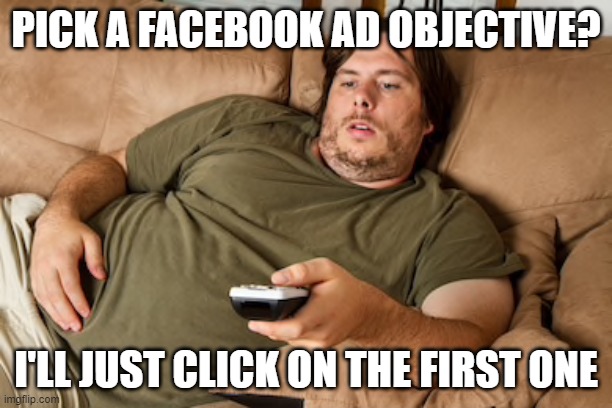
Facebook gives you three funnels for your objectives:
- Awareness: this objective is to introduce you to new customers. The specific goal can be getting them to your website, joining the top of your marketing funnel, reading a blog post, or discovering your company exists.
In awareness campaigns, you can anticipate a large number of clicks at a lower rate and low conversions. These people are just meeting you, give them time. - Consideration: this objective gets you people who are most likely in the middle of your marketing campaign or funnel, are already familiar with you, or are possibly ready to take action.
In consideration campaigns, you can anticipate a lot more actions that move people towards being customers, such as engaging with your posts, installing apps, viewing videos, browsing your landing page or website, sending a message, or filling out a lead generation form. - Conversion: this objective gets you people most likely to convert and become full-blown customers.
In conversion campaigns, you’ll get fewer clicks, but more people will complete the preferred conversion action such as making a purchase, scheduling an appointment, or registering for an event.
CHOOSE WISELY
While conversion campaigns might seem like the go-to campaign, running awareness and consideration campaigns before or in tandem to conversion campaigns will greatly increase the success of conversion campaigns. Since awareness and consideration campaigns are constantly getting your brand in front of new, potential customers, running them successfully increases the conversion pool and data.
YOU DON’T SHOWER YOUR AUDIENCES WITH ATTENTION
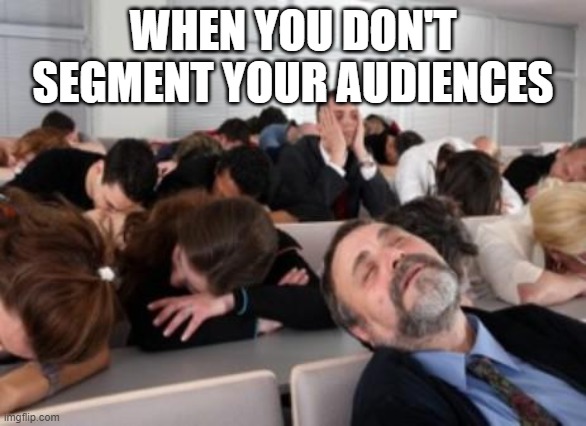
Audiences deserve an advertiser’s love, attention, and time. When advertisers spend quality time defining and targeting their audiences, the result is a big pay off and profitable ROI.
We would bet good money that every business has at least two audiences, minimum. If the deepest you targeted your ads was setting up a single audience and choosing the general demographics such as age and geographic location then you have some work to do.
Without proper audience targeting, a phenomenal message and visually appealing ad are completely wasted on the wrong audience.
Targeting the right audience not only results in paying customers, but it also lowers your costs per acquisition because you aren’t wasting money on the wrong people.
Unless your business is something for everyone, you should have multiple ads for multiple audiences.
To dominate targeting and audience segmentation, dig deep. Think about their specific interests, jobs, income level, and even actions they’ve recently taken such as the first-time homebuyer or publications they read.
EXAMPLE:
Let’s use Shutterfly, an online photo ordering website, as an example.
AUDIENCE #1: ERRRRRYBODY!
Shutterfly could target all genders, in the United States that like photography, as potential customers. Everyone in this audience would see a generic ad for their products. That’s an audience size of 140,000,000, which could be interpreted as “wow, so many people = so much business!”
However, that is far too broad and will waste a fortune. The odds that your generic ad creative will appeal to even a portion of that huge audience is slim.
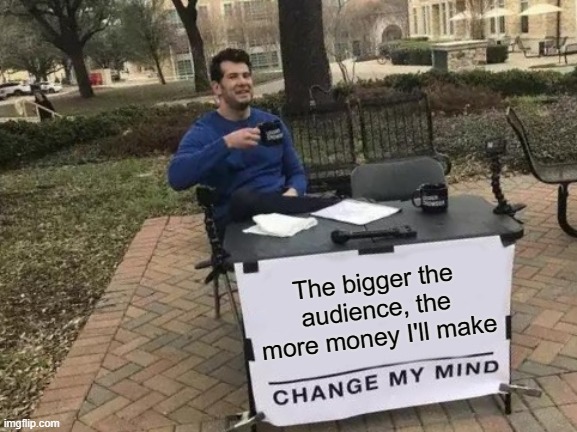
So, let’s try something else…
AUDIENCE #2: SEGMENTED, TARGETED & LOVED
A smarter strategy would be for Shutterfly to create lots of audiences and lots of ads specifically for those audiences.
For example, they could show an ad for their newborn books to new moms or a tropical travel memory photo book to anyone who has traveled to the Caribbean in the last month.
You can also hyper segment using the lookalike audiences. With these you can narrow in on people based on page engagement, email lists you have, website visitors, video views and so much more!
All these ad strategies would all have smaller audiences which result in a lower spend and higher conversions!
A truly talented digital advertiser combines data and insights to create sensical audiences and deliver them specific ad creative that resonates.
YOU STOP CARING AFTER FACEBOOK
Do your Facebook ads lazily direct clicks straight to your homepage? That’s like supplying a treasure map and forgetting to hand over the second half.
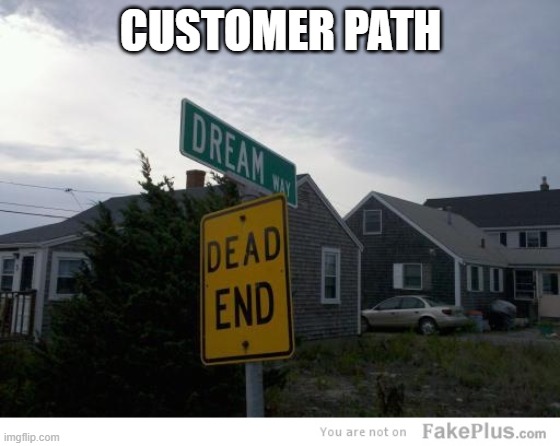
What are visitors supposed to do after they click? It’s up to you to hold their hand and lead them where you want them to go.
Without paying attention to the entire customer journey from ad to conversion, you are being lazy and your customers will spend your ad money while you receive a low return on investment. Landing pages are the perfect solution to direct consumers in the direction you want them to go.
According to a study on Behavior and Information Technology, you have 50 milliseconds to make a good first impression on your website visitors. So, if you don’t take them to a well-thought-out landing page that does not feel like an extension of the ad they clicked, your conversions are guaranteed to be dismal.
Your consumer journey should put a lot of care into what happens to the visitor after they click on your ad. A typical path leads them from discovery to information to conversion. You need to ensure you are creating a logical path for your consumers to take.
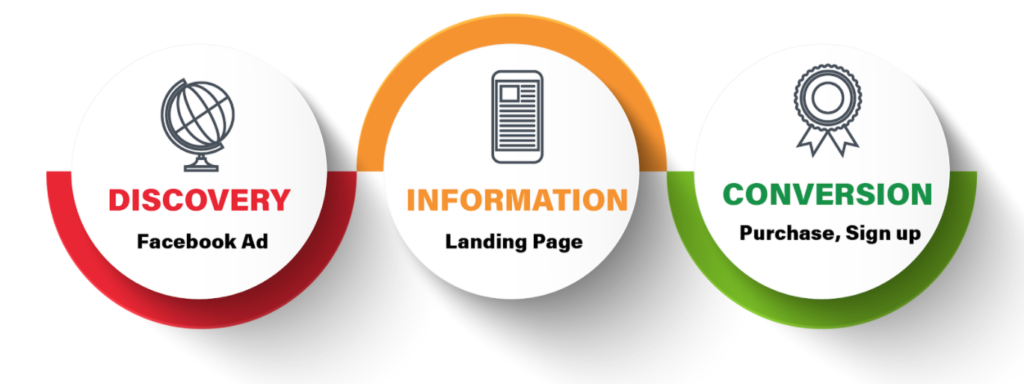
Aside from landing pages on your website, Facebook makes it even easier to create an experience after you ad with tools like Offers, Facebook Instant Experience, and even augmented reality ads.
YOU ARE PASSIVE
One of the most frequent things we see left off of ads is a strong, direct, and on-brand call to action. Facebook allows you to select from a variety of pre-built call-to-action buttons such as “Learn More,” “Book Now,” “Send Message,” “Play Game,” or “Watch Video.”
If you blindly set up your ads and left it on the default “Learn More” call-to-action, you could be missing out. As users become bombarded with ads and digital messages, it’s more important than ever to directly ask them to take the desired action. If your objective is to drive app downloads, then using “Learn More,” when you could pick “Install Now” is a much smarter choice.
Make sure your copy lends to the call-to-action button and they operate as one, cohesive and logical ask.

YOU BUILT YOUR ADS ON DESKTOP, FOR DESKTOP
Many campaigns are built on a computer, or large tablet, which makes sense to allow every aspect of the ad to be analyzed. However, 94% of Facebook ads revenue comes from mobile. So, if you aren’t examining and testing your ad and customer journey through multiple mobile devices you are leaving a lot of moolah on the table.
Relevance Score: Ranking How Much Your Ads Suck
Once your ad has 500 impressions or more, you can check its relevance score. This score ranks. If your negative feedback score is high, you need to evaluate your creative. It’s either not good, or it is not aligned with your objectives and audience enough to be shown to the right people.
YOU MISSED A BOX
The Facebook advertising platform goes through a flow that takes advertisers along the ad creation process step-by-step, which is lovely. There is a downside though, it often throws so many options, boxes, and details at you that it may be easy to miss options that could drastically help your ads.
One of those things is the “Optimize for Conversions” box.
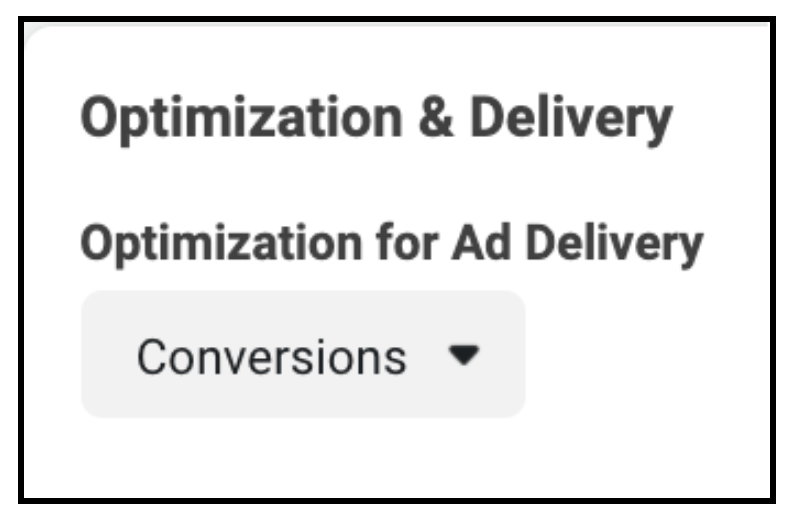
When you are setting up your budget and schedule area (the ad sets) you’ll see a box that you can check to “optimize for conversions”. It’s often overlooked. Unless you are solely running a brand awareness campaign, checking this box can deliver big results — So be sure to locate this box and select “Conversions”.
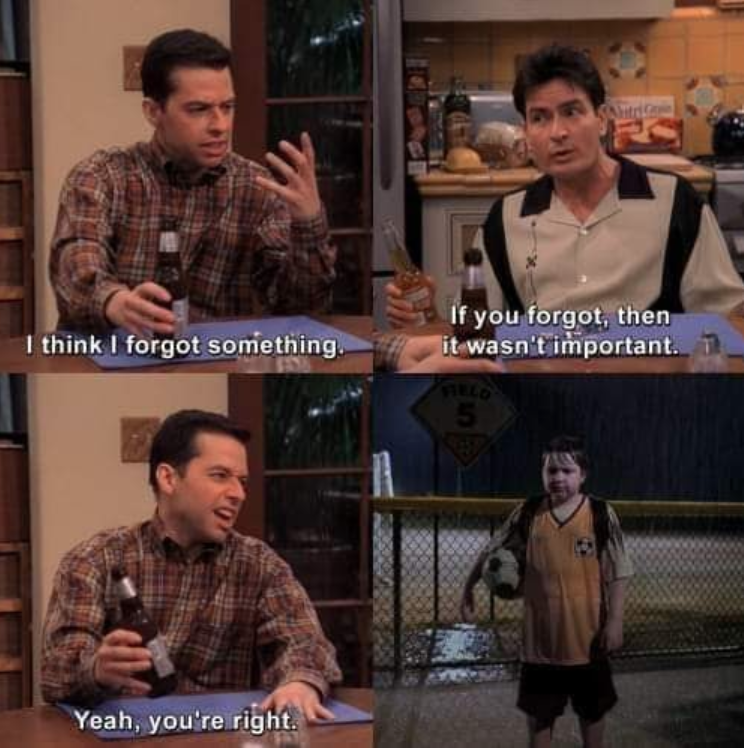
PRO TIP: Facebook needs 50 conversions per ad to effectively utilize this tool. If you haven’t racked up that many conversions yet, then don’t check the box and optimize for traffic first. Once you’ve collected enough conversions, then flip the switch and watch the conversions grow.
DIVE FURTHER: To see the results for the optimize for conversions options check out how Save the Children ran both conversion-optimized and traffic-optimized ads and saw 4 times higher donations from the conversion-optimized ads.
YOU’RE NOT ASKING FOR HELP
We understand the desire to do your own Facebook advertising, it keeps you in control and saves you money.
The thing is, it can cost you more money to not use an experienced Facebook marketing agency. A study by ClickZ reported that up to 60% of digital marketing budgets are wasted. A lot of this waste comes from spending money that doesn’t lead to results.
When you work with an agency, your money is spent better, smarter, and with more experience behind the strategies which leads to lower cost leads and more frequent conversions.
Agency partner = less money wasted & more money made.
